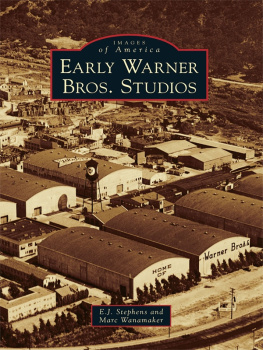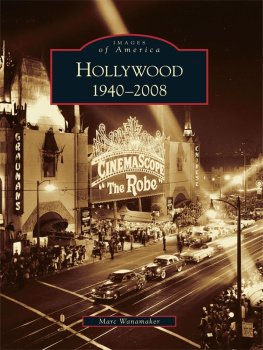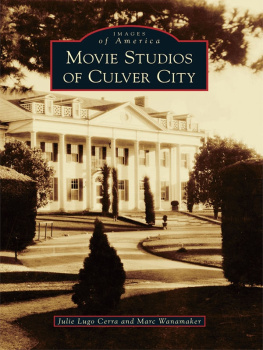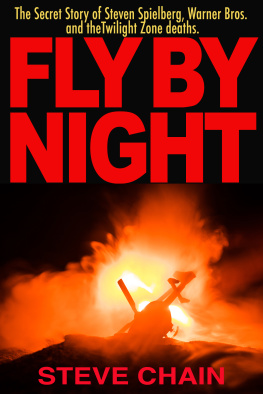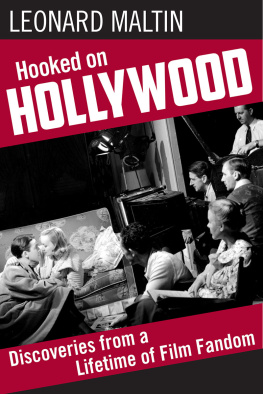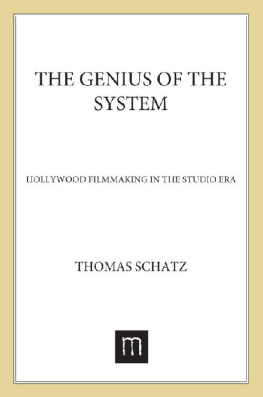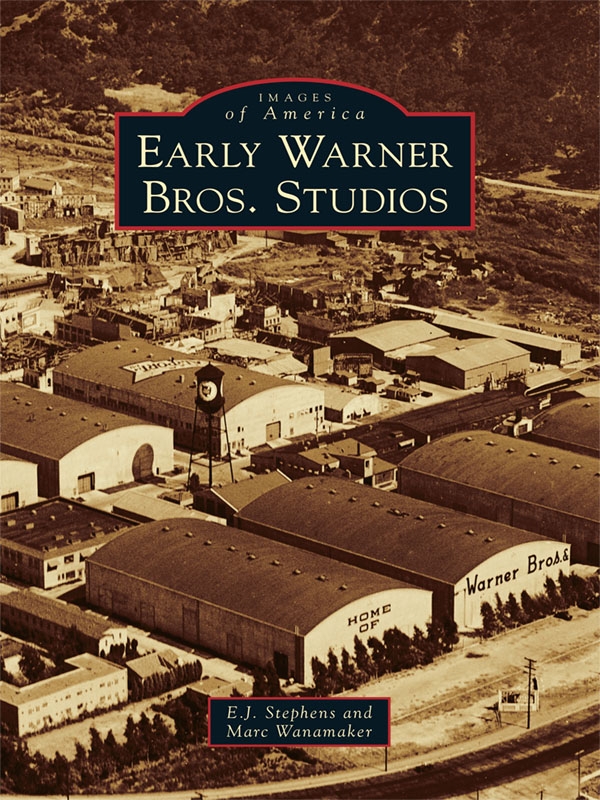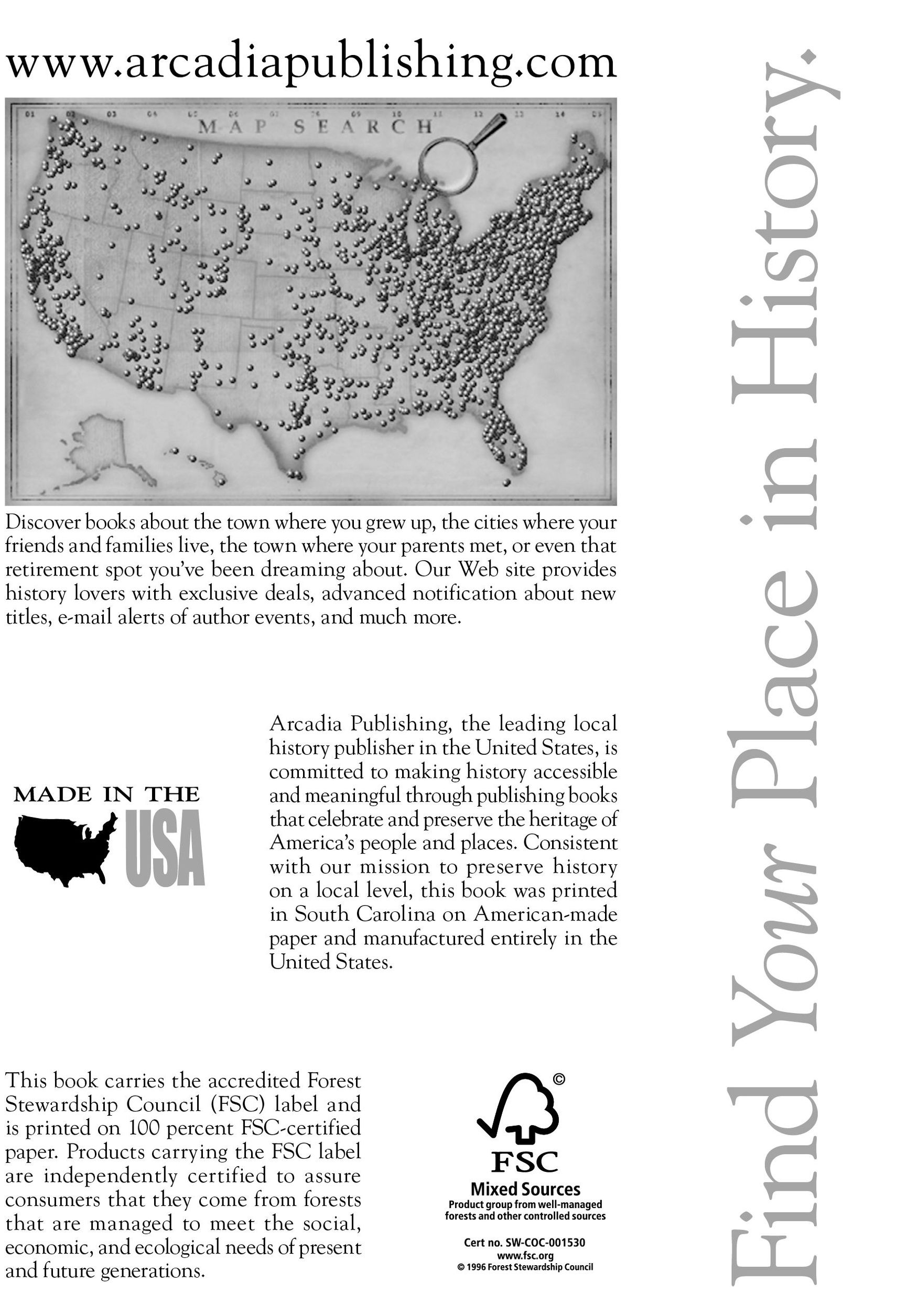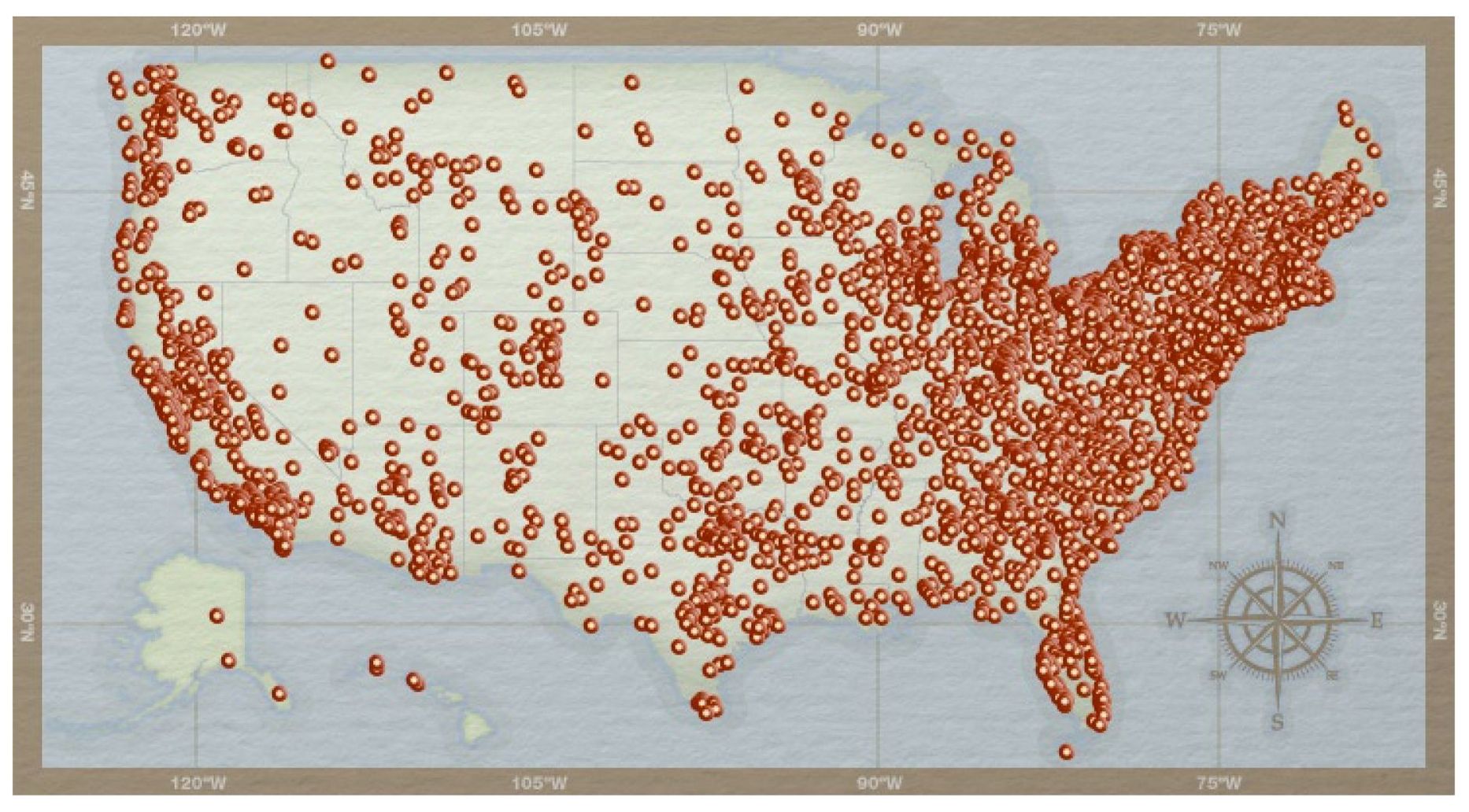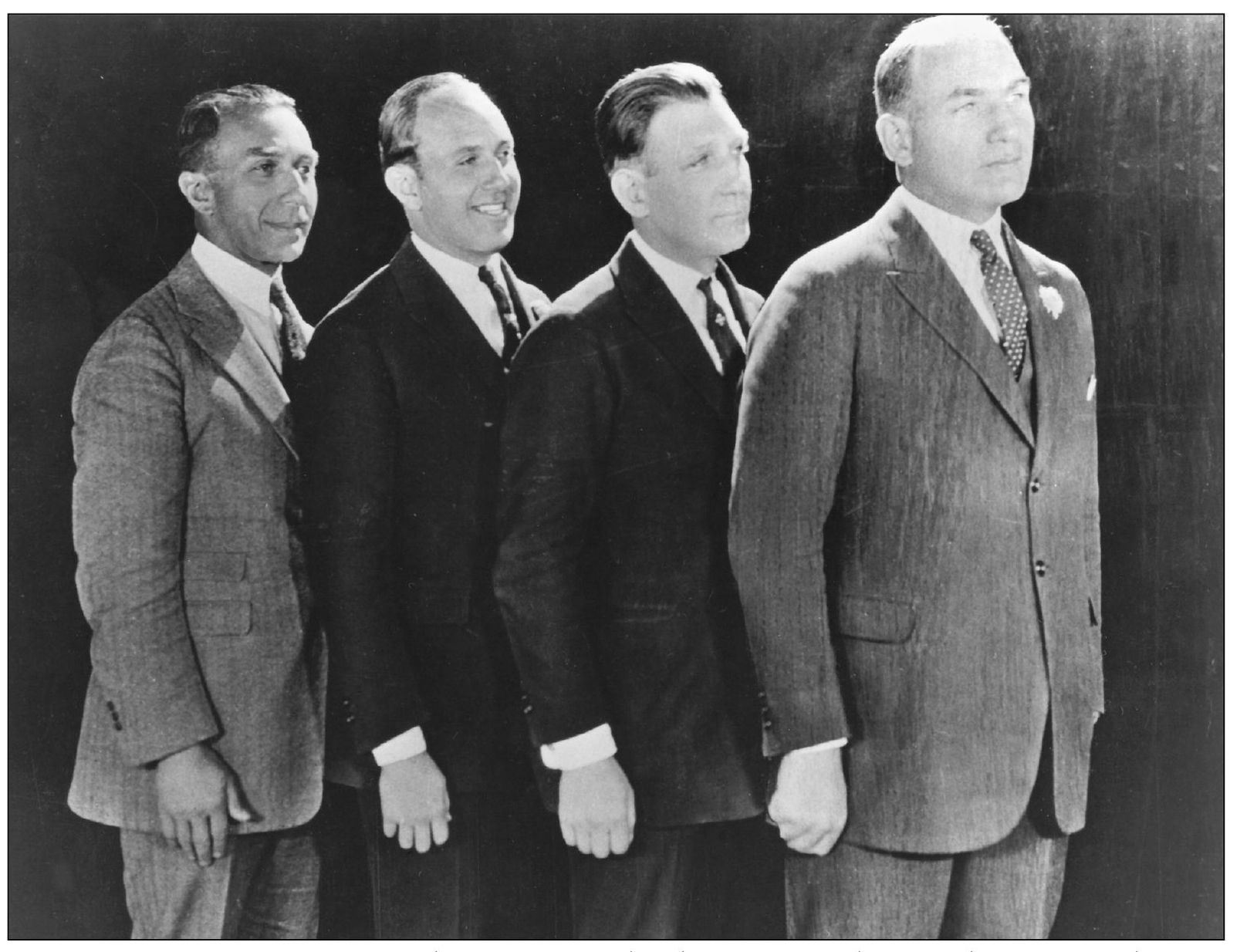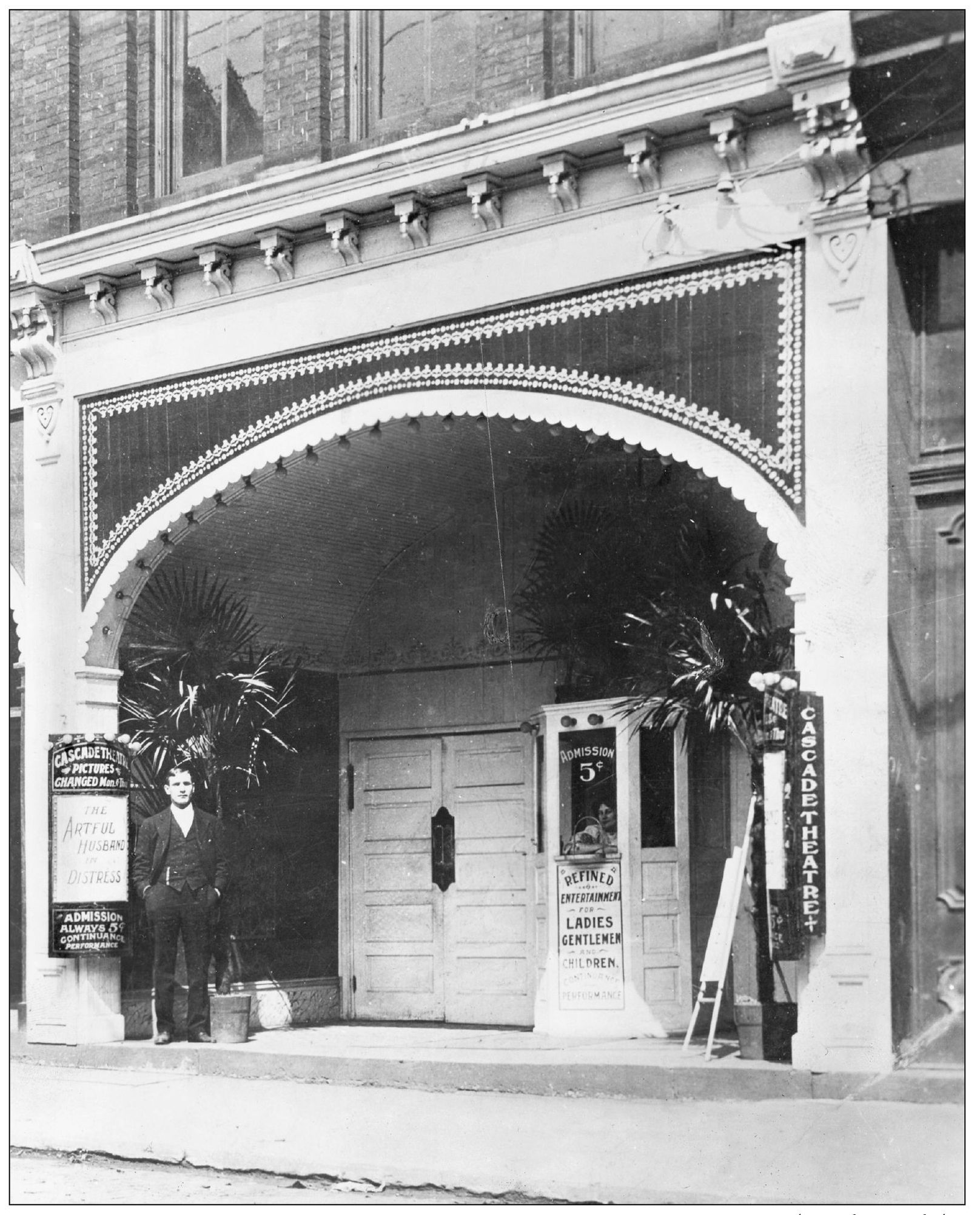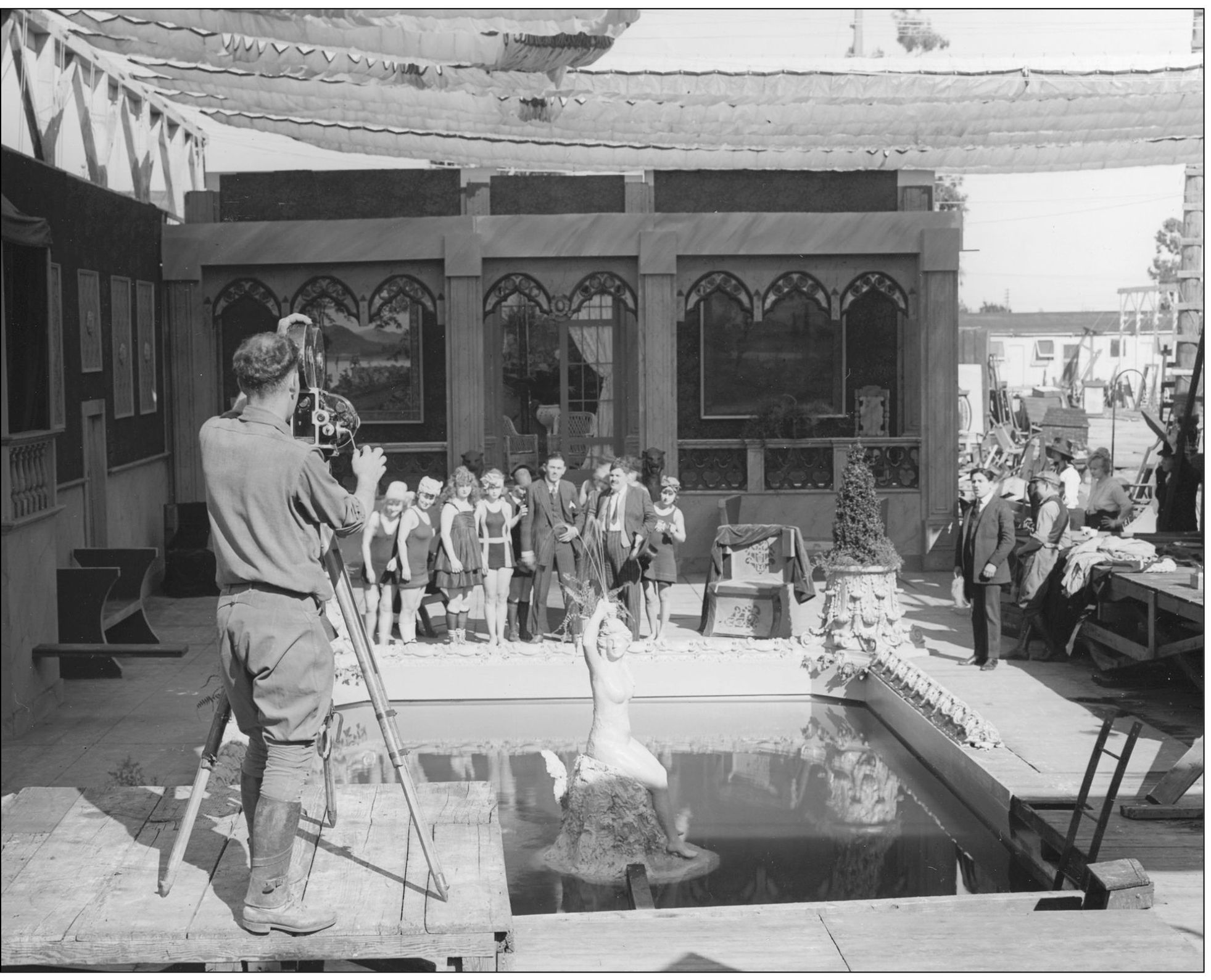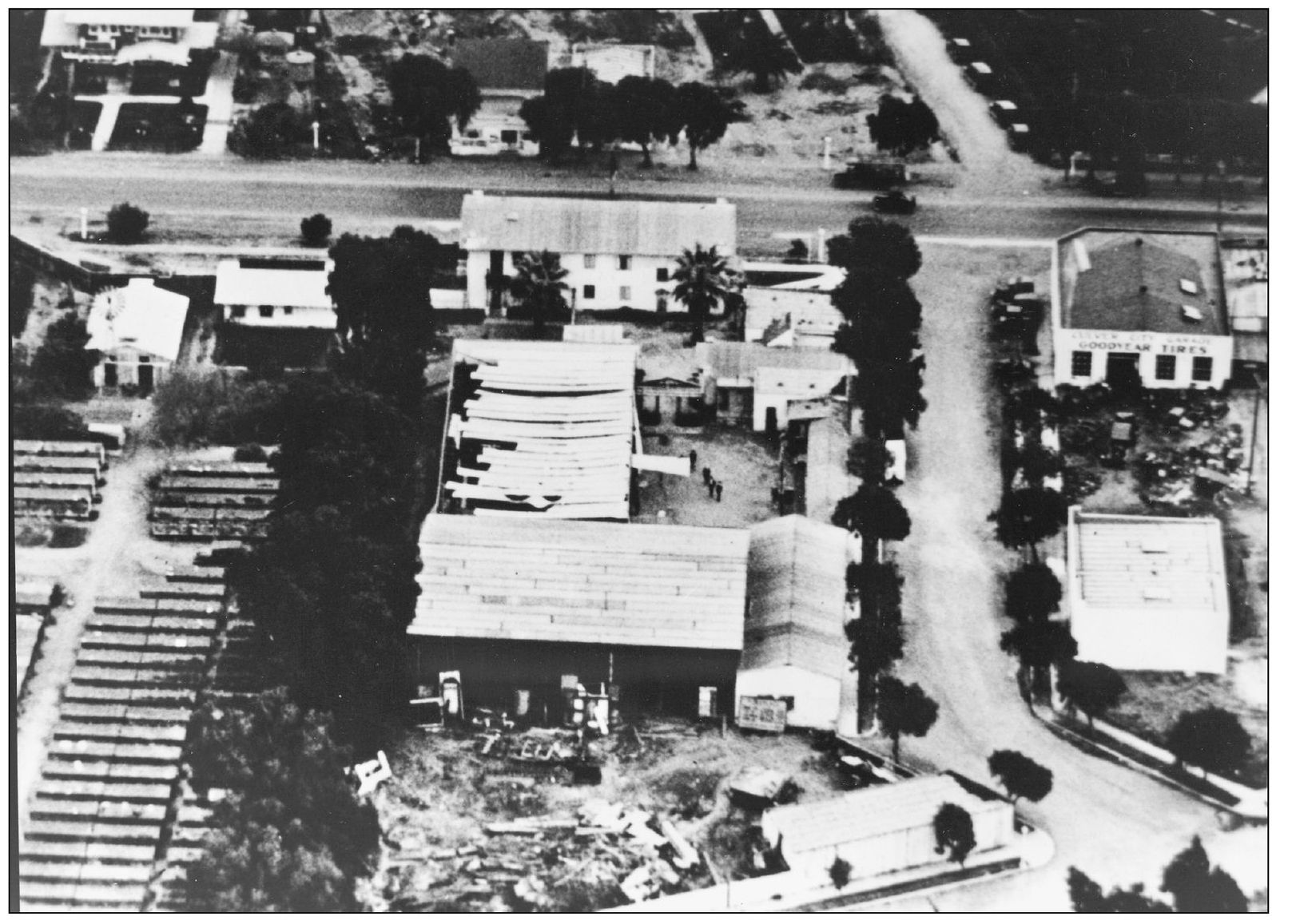One
YOU AINT HEARD NOTHIN YET
19031928
THE BROTHERS WARNER, 1926. The four Warner brothers are, from left to right, Harry, Jack, Sam, and Albert. By 1926, they ranged in age from 33 (Jack) to 45 (Harry) and had been in the motion picture business together for over 20 years. They had recently purchased Vitagraph Studios and were busy making Don Juan (1926), their first film using the Vitaphone sound process.
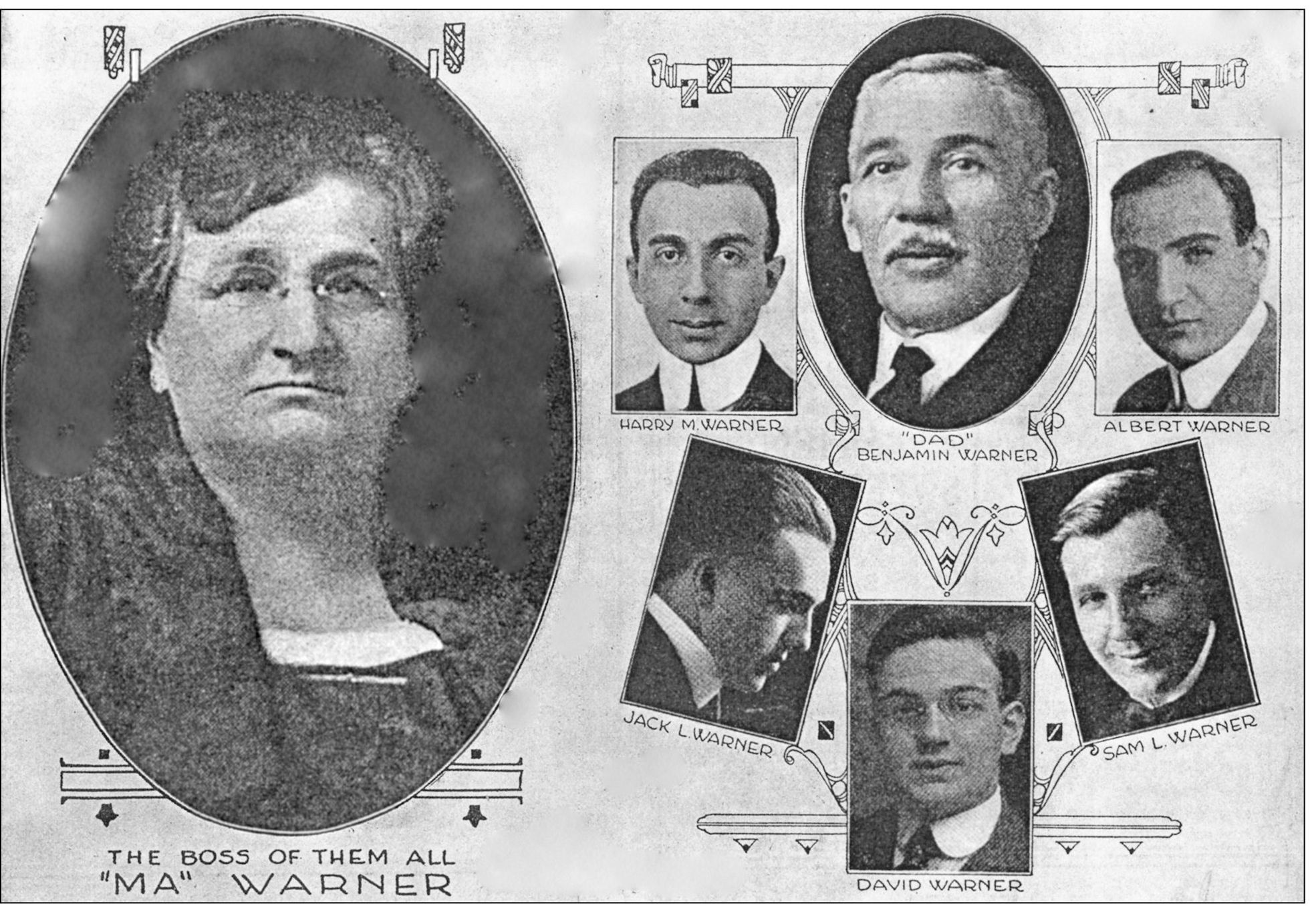
WARNER FAMILY, 1921. In 1921 , Motion Picture News ran this image showing pictures of the five Warner brothers (including David, who was not associated with the film business), along with father Benjamin and mother Pearl (The boss of them all). Benjamin and Pearl Wonskolaser were married in Krasnosielc (possibly Karsnashiltz), Poland, which was then part of the Russian Empire, in 1876. The couple had several children in Poland, including Harry (born Hirsch) in 1881, Albert (born Aaron) in 1884, and Sam (born Szmul) in 1887. Around 1890, Benjamin took a boat to America in search of a better life. Pearl and the children joined him a year later, and the familynow with the Americanized surname of Warnersettled in Baltimore. After a move to Canada, more children followed, including Jack (born Jacob or possibly Itzhak) in 1892. The family eventually moved to Youngstown, Ohio, where at various times they ran a cobbler shop, a butcher shop, a bicycle shop, and a grocery store. It was in Youngstown that the brothers began exhibiting films in rented halls.
CASCADE THEATRE, NEW CASTLE, PENNSYLVANIA, 1907. Harry Warner stands in front of the Cascade Theatre in 1907. The Warners opened their first permanent theater in this city because New Castle had no other theaters and was only a short ride from their home in Youngstown, Ohio. Figuring they could make more money renting films to other theaters than by showing them, they soon bought three trunks of films for $500 and opened a film distribution exchange in Pittsburgh. The Cascade was so successful that the Warners were able to sell their interest in 1909 for $40,000. They used the profits to expand their film distribution business by opening a second film exchange office in Norfolk, Virginia. Today a group of dedicated volunteers is working to restore the site to the way it looked during the Warners time at the Cascade.
LKO STUDIOS, 1920. After the collapse of their film exchange business, the Warners became producers on the East Coast. To fund the fledgling enterprise, they needed a legitimate hit. They got their wish in 1918 with the release of the World War I propaganda film My Four Years in Germany , based on a best-selling book by James W. Gerard. Somehow the Warners were able to convince Gerard that their studio was the best place to produce the film, even though their biggest success up to that point was a film made for the U.S. Army warning World War I soldiers about venereal disease, which, incidentally, was Jack Warners only starring role on film. My Four Years in Germany cost $50,000 to produce and brought in 10 times that amount at the box office. The success of the film fueled their permanent move to the West Coast, where they made films with comedian Monty Banks (facing the camera at far right) here at the LKO Studios at the corner of Sunset Boulevard and El Centro Avenue in Hollywood.
BOSTOCK JUNGLE AND FILM COMPANY, 1915. One of the Warners first Los Angeles studios was here at 1919 South Main Street near downtown. Built in 1887, and later known as Chutes Park, it was one of the West Coasts first amusement parks, with attractions, a zoo, theater, and baseball stadiumhome to the Los Angeles Angels of the Pacific Coast League. The site later became David Horsleys Bostock Jungle and Film Company, which leased space to the brothers in 1919. Horsley, one of the film industrys true pioneers, built Hollywoods first studio in 1911, and later became one of the founders of Universal Pictures. He created the 5-acre studio at Chutes Park in July 1915 after acquiring the Bostock Zoo animals. When not filming, the animals were used in live shows for the public. The area was abandoned by 1925, and today is a parking lot.
ROMAYNE SUPERFILM COMPANY STUDIOS, 1919. The Romayne Superfilm Company Studios in Culver City was another early rental studio used by the Warners. The aerial photograph above shows the small lot with its partially covered studio stage, and the front entrance is featured in the image below. Romayne Studios was owned by producer Henry Y. Romayne. The lot was not ideal; Jack Warner called it a dump. Warner Bros. produced a two-reel comedy at this studio starring Monty Banks. Romayne was not the first motion picture studio in Culver City; Thomas Ince built one there as early as 1915. MGM (todays Sony Pictures Studios), Selznick International Studios (where 1939s Gone With the Wind was made), and Hal Roach Studios soon became Culver City tenants. Romayne Studios was located on the northeast corner of Ince and Washington Boulevards.

